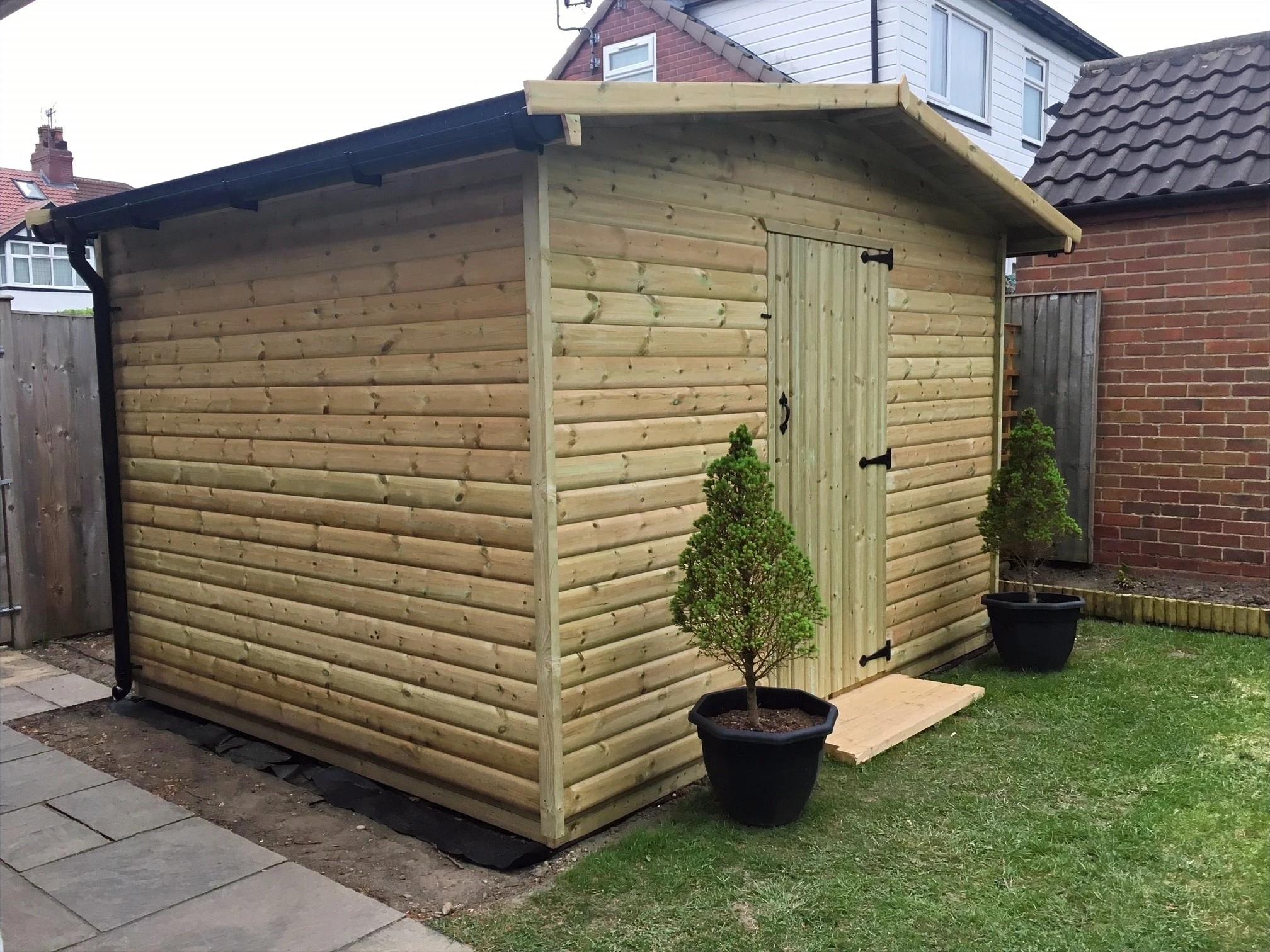Whether you're storing gardening tools, outdoor furniture, or creating a cosy workshop, having a waterproof shed is essential to protect your belongings from the elements. Follow these steps to ensure your shed remains a dry and secure space even in the heaviest rain.
Choose the Right Materials:
Start with the foundation – opt for a robust and waterproof material, like pressure-treated wood or concrete, to prevent moisture seeping in from the ground. When selecting shed materials, prioritize water-resistant options such as cedar, redwood, or pressure-treated lumber for walls, roof, and floor.
Seal the Corners & Gaps:
Seal the corners and any connecting walls with quality water resistant sealant. Carefully inspect your shed for any gaps, cracks, or openings. Seal these areas, ensuring a tight seal against rain and humidity. Pay special attention to windows, doors, and joints, as these are common entry points for water.
Treat the Wood:
Apply a high-quality waterproof treatment, for exterior wood, to all exposed surfaces of your shed. Choose a product that will also protect against UV damage. Reapply the sealant periodically, following the manufacturer's recommendations.
Ventilation:
Adequate ventilation helps control humidity inside the shed, preventing condensation that can lead to dampness. This can be as simple as regularly opening doors/windows but you could opt to install vents which promote air circulation, reducing the risk of mould and mildew.
Upgrade Roofing Materials:
Invest in durable and water-resistant roofing materials. High quality polyester fibre roofing felt, felt shingles, or high-quality rubber membranes are excellent choices. Ensure proper installation to prevent leaks, and regularly check for any damaged or missing shingles.
Elevate the Shed:
If possible, elevate your shed slightly above ground level. Bearers are a must! This helps prevent water from pooling around the base during heavy rain, reducing the risk of water seepage into the shed.
Apply Waterproofing Membrane:
For additional protection, consider applying a waterproofing (or breathable) membrane to the walls and roof. This creates an extra barrier against rain and ensures water isn't absorbed into the shed.
Install Guttering:
Adding guttering to your shed is a crucial step in directing rainwater away from the structure. Install gutters along the roofline and connect them to downspouts that direct water away from the shed's foundation. This helps prevent splash back onto the shed walls from the ground as well as water build-up around the base of the shed.
Regular Maintenance:
Schedule regular inspections of your shed. Look for signs of wear, water damage, or any areas that may need resealing. Promptly address any issues to maintain the shed's waterproof integrity over time.
By following these comprehensive steps, you can create a waterproof fortress for your belongings. Remember, a well-protected shed not only safeguards your possessions but also prolongs the life of the structure itself, ensuring it remains a reliable and dry space for years to come.



